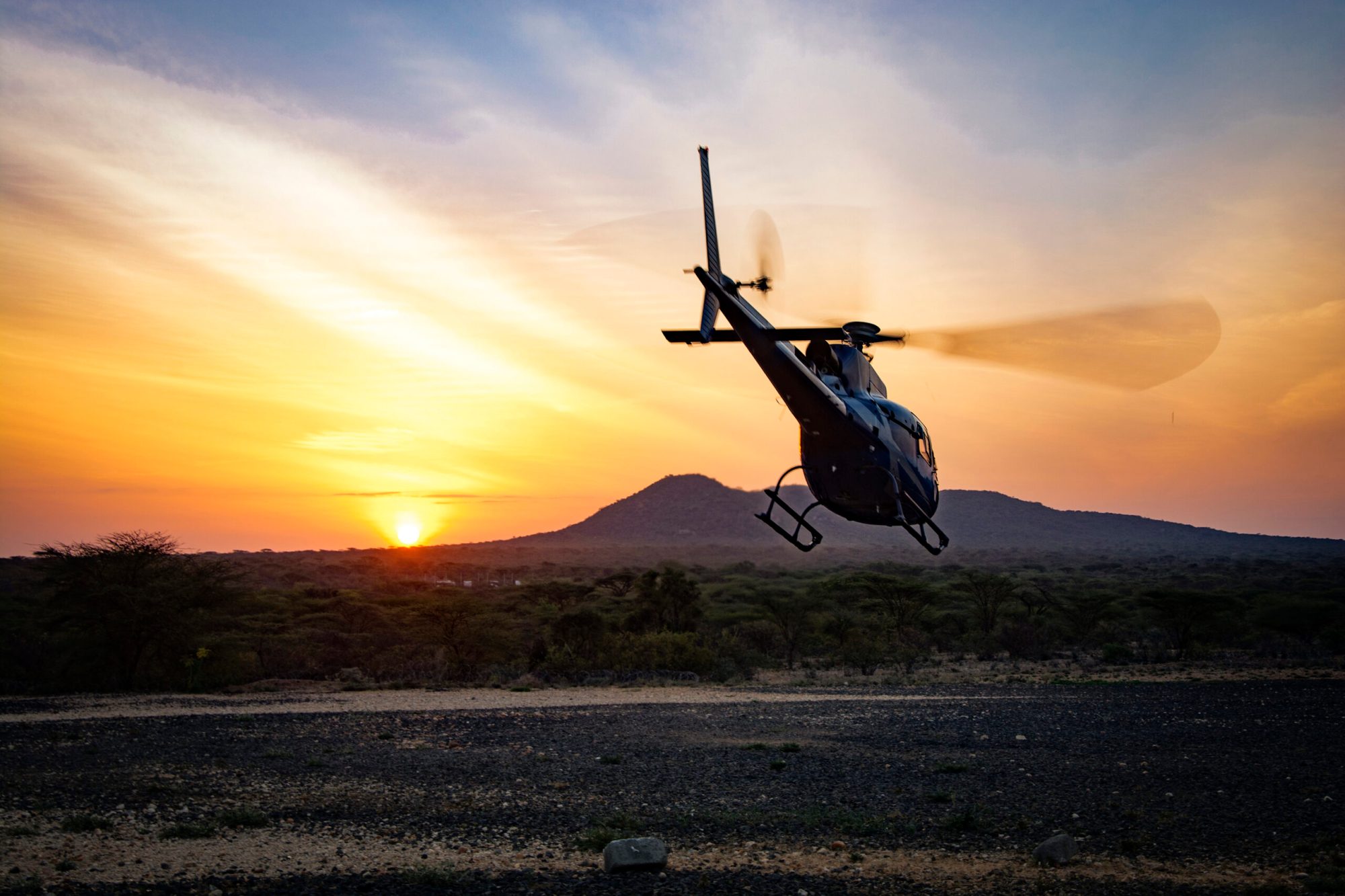WHY IS A HELICOPTER’S TOP SPEED LIMITED?

A helicopter’s top speed is limited by several factors, including aerodynamics, mechanical limitations, and safety considerations. Unlike fixed-wing aircraft, helicopters face unique challenges that impose restrictions on their maximum achievable speed. Here are some key factors that limit a helicopter’s top speed:
Aerodynamic Limitations: Helicopters generate lift and thrust from their rotor blades. As a helicopter moves forward, the advancing blade experiences higher airspeed relative to the airframe, while the retreating blade experiences lower airspeed. This speed differential creates an imbalance in lift and drag, leading to an aerodynamic phenomenon known as dissymmetry of lift. To counteract this, helicopters have a forward airspeed limit called the “never exceed speed” (Vne) to avoid the onset of retreating blade stall, which could result in a loss of control.
Retreating Blade Stall: Retreating blade stall occurs when the airflow over the retreating blade decreases to a point where it cannot generate enough lift. This is a critical condition that can lead to a loss of control and is a major limiting factor in a helicopter’s top speed. The Vne is set to ensure that the helicopter does not reach speeds where retreating blade stall becomes a risk.
Power Limitations: Helicopters are powered by engines that drive the main rotor system. As the helicopter’s forward speed increases, the power required to overcome aerodynamic drag also increases. At some point, the available engine power may be insufficient to maintain acceleration, and the helicopter reaches its maximum achievable speed.
Vibration and Structural Limits: Higher speeds can lead to increased vibration and aerodynamic forces on the helicopter’s airframe. Excessive vibration can affect the structural integrity of the helicopter, including its rotor blades and other components. Manufacturers specify maximum speeds to ensure the structural integrity and safety of the aircraft.
Dynamic Rollover Risk: Dynamic rollover is a hazardous situation that can occur during takeoff or landing when a helicopter experiences rolling tendencies. High-speed operations increase the risk of dynamic rollover, especially during lateral maneuvers. Limiting the maximum speed helps mitigate this risk.
Safety Margin: Helicopter manufacturers establish speed limits with a safety margin to account for variations in altitude, temperature, and other operating conditions. Pilots must adhere to these limits to ensure safe and controlled flight.
Control Responsiveness: As a helicopter accelerates, control inputs become more sensitive. Pilots need to respond quickly and accurately to maintain control. Exceeding recommended speeds may compromise the pilot’s ability to manage the aircraft effectively.
Regulatory Standards: Aviation authorities set standards and regulations to ensure the safe operation of aircraft. These standards include limitations on maximum speeds, and pilots are required to adhere to these regulations to maintain airworthiness and safety.
In summary, a helicopter’s top speed is limited by a combination of aerodynamic factors, power limitations, structural considerations, safety margins, and regulatory standards. These limitations are crucial for ensuring the safe and reliable operation of helicopters in various flight conditions.
